Tips to Teach Your Kid to Walk
Is your child cruising along the couch and tables and already trying to walk? Are you running out of ideas to help teach them how to get over the proverbial hump? Well then, keep reading here to find out some crafty tips and tricks that Milestone therapists use to help teach your child to graduate from moving around on all fours!
First things first, I always like to discuss with caregivers the concept that motor milestones, like crawling and walking, happen on a gradient scale. Each child achieves these skills on their own time and in their own way. Don’t fall into the trap of comparing one sibling to another, or your little one to the neighbor’s little one — it is not a race. Remember, once they’re up and running (literally) the salad days of being able to set your child down on a blanket to quickly handle a phone call or start the laundry will be a spot in your rear view mirror.
Tip #1: Encourage Barefoot Exploration
Barefoot exploration during play time is a great way for your child to experience and feel different textures.
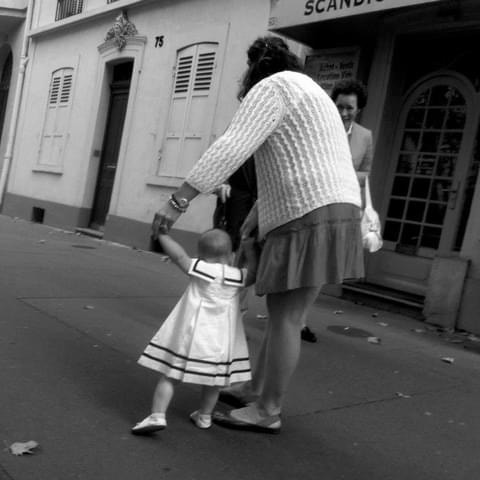
This helps boost their sensory-motor development by feeling different tactile surfaces on the bottom of their feet. Sand, pea gravel, grass, concrete, carpet, etc…they’re all fantastic ways to introduce your little one to a myriad of sensory and proprioceptive inputs.
In all these examples, that means it allows them to use the smaller muscles in their feet and integrate them with the different sensations they feel from all those surfaces. These smaller, intrinsic foot muscles and bones they attach to are necessary for proper long term arch development and minute balance corrections that will help them to walk without issue as they grow!
Tip #2: Encourage Transitions
Try to encourage your child to transition through a variety of positions, like laying on the floor, sitting, standing, kneeling, etc. as much as possible. This helps them learn how to move around to play rather than waiting to have toys brought to them, and strengthens those core and leg muscles they need for walking!
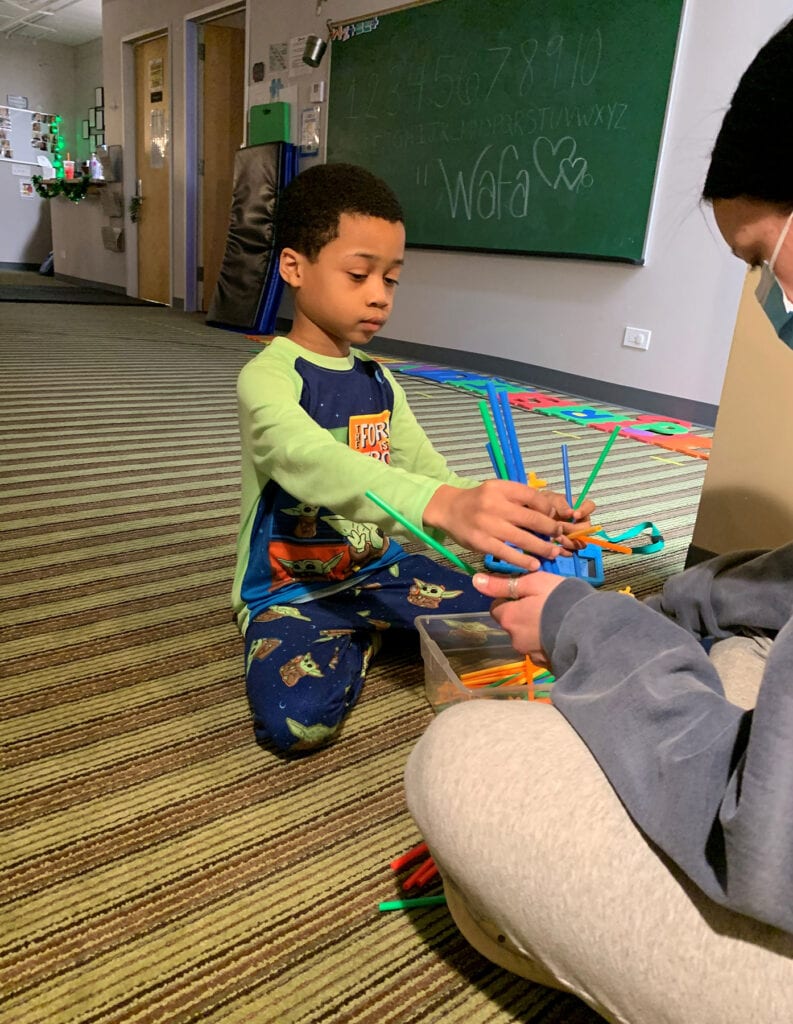
A few key ways to transition from floor to standing are through squatting or half kneeling (lunge position). These positions require many muscle groups to perform the movement correctly and also work on your kiddo’s balance as well.
Make a game of it and transition along with your child to see how much work it truly takes for them! We all know how hard squats and lunges are – imagine how strong your little one can get if they constantly squat and lunge to get up from the floor while playing!
Tip #3: Elevate Toys to Different Surface Levels
This tip ties into Tip #2. By elevating your child’s toys to different heights, it encourages them to transition from the floor and play in standing or kneeling. Playing with their toys at different levels helps your toddler explore their environment and learn new ways to move and play.
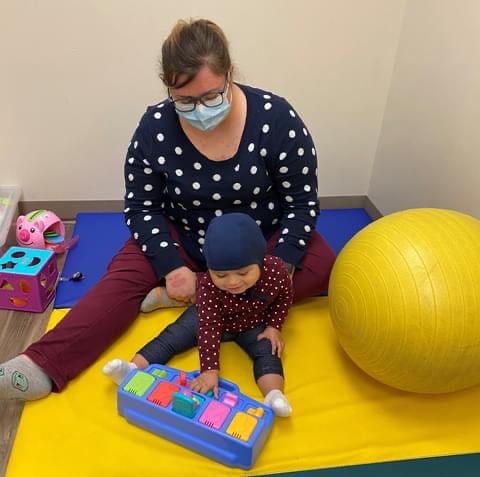
You can move the toys to different areas throughout the day and watch how they problem solve and try new things! Also, you can turn this into a game where they can reach for the toys overhead and, once procured, bring them to you. This promotes your child to let go of upper body supports, rotate their trunk, balance, and maybe even get a couple unsupported steps in as they’re playing without even realizing it!
Tip #4: Encourage Climbing Stairs and Over Obstacles
This helps your child disassociate, or separate, their lower body from their upper body and encourages the use of both sides of their body as they are playing and exploring.
Tip #5: Place Furniture and Toys Just Out of Reach
This is helpful if your kiddo is hesitant to try to walk without arm support. I’ve used this strategy with many patients of mine and had a surprising amount of success! You just need to know what toy motivates them the most. Whether it be the TV remote, mom’s phone, or a shiny keychain – use what they love to encourage exploration.
Accomplish this by placing two surfaces close enough together – maybe your couch and a foot rest or coffee table – so that your child is standing at one and has to reach really far to get to the other and their little hands on that favorite toy. When they reach forward, their weight will shift that direction and, in turn, this will almost force them to take a step without using arm support when they transition from one surface to another.
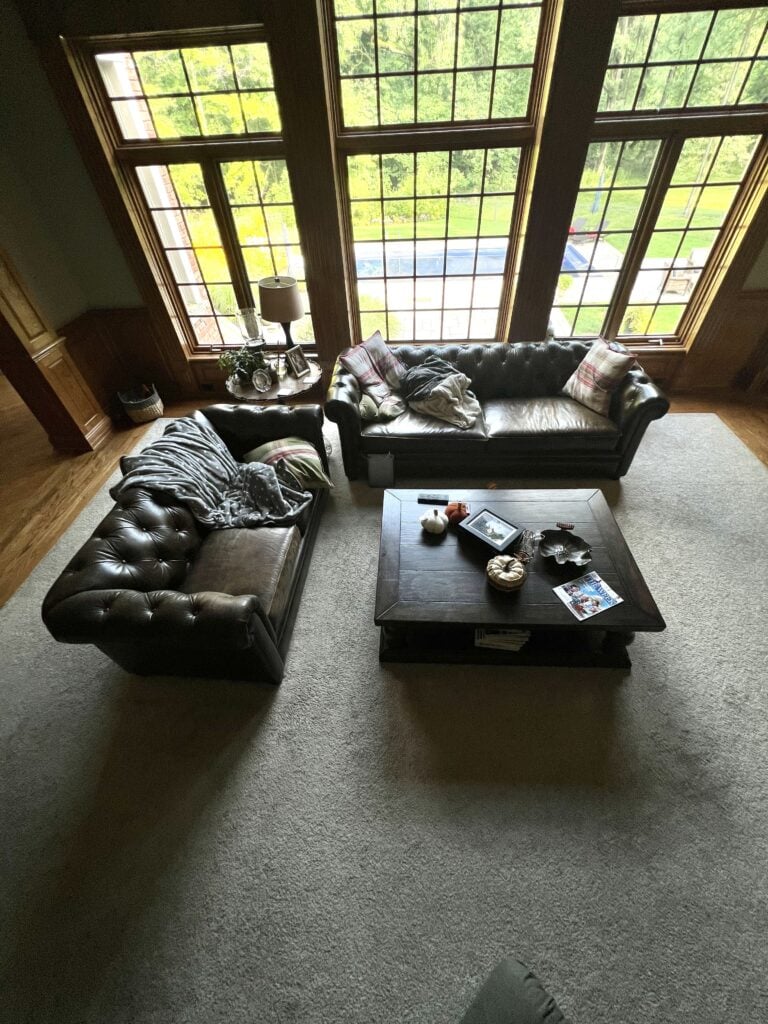
This is a nice trick to encourage them to cruise without their belly leaning up against something as a security blanket as well. It will often seem to decrease their anxiety or hesitancy to let go because their desire to get to that toy of interest overrides their need to feel “safe” when moving between pieces. I simply love this!
Tip #6: Give Your Child a Toy They Have to Hold with Both Hands
This will help encourage your child to move in their environment without using their arms for support.
You can give your kiddo a toy that is heavy or big enough that they have to hold it with both hands. A large stuffed animal. A beach ball. You get the idea. This will discourage them from looking for arm support and recruits more core and leg muscles as they move while focusing on the object in hand. And isn’t that what we’re ultimately hoping for? Your child to move around independently in an upright position without really even thinking about it?
Tip #7: Hold a Toy With Your Child as They Walk, then Let Go
If your child always looks for your hand when they are trying to walk, this is a really helpful tip!
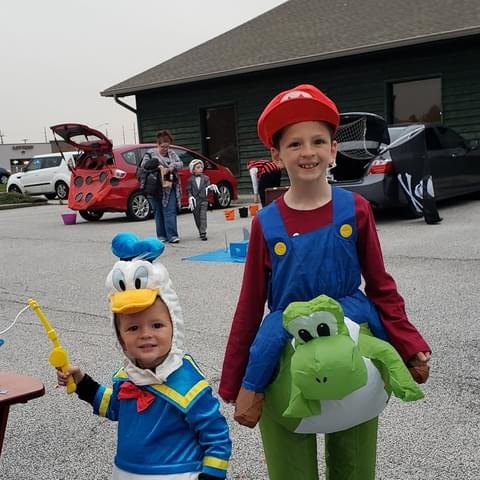
You can encourage your toddler to try walking by holding their hand. Then give them a toy that you both can hold and walk together. This gives them similar support as if you were holding their hand directly, but this gives you the freedom to let go subtly so they can start walking without your support!
It might take a couple tries to get the hang of, but this is a nice way to encourage your child to walk without any support.
Tip #8: Location, Location, Location!
Try changing up the environment your child plays in.
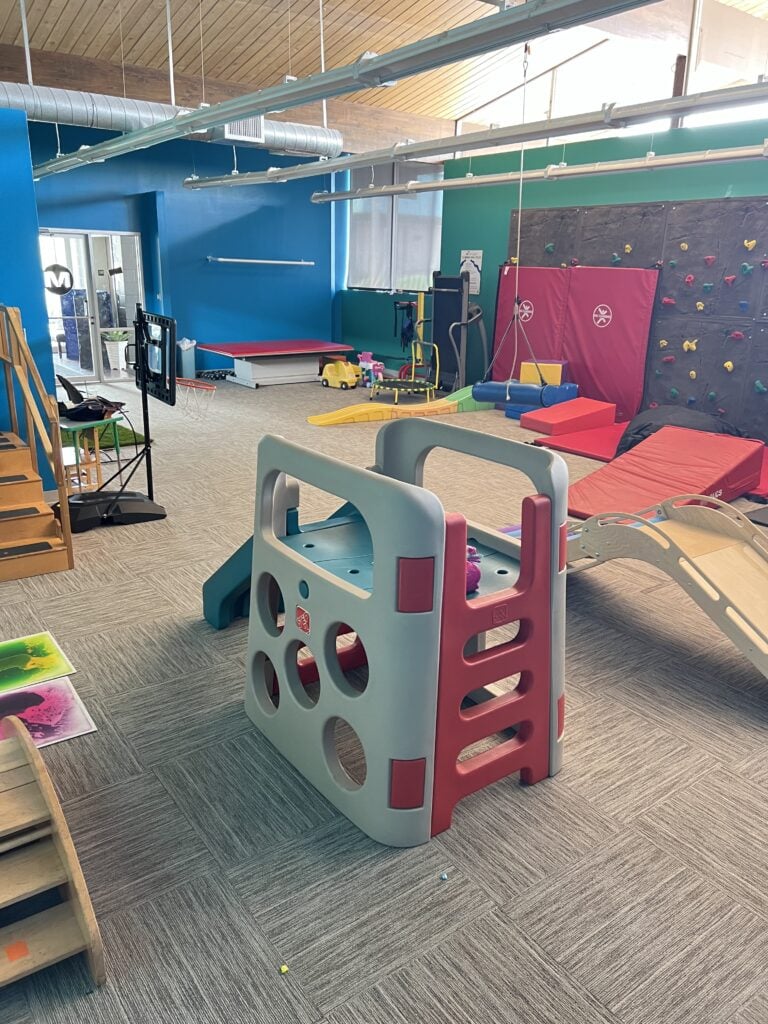
Playgrounds, backyards, decks, patios, driveways, and parks are a caregiver’s best friend. These various natural environments allow your little one to explore and attempt new motor skills, like climbing over even bigger obstacles than they have at home or taking a ride on the playground slide!
Different environments can offer different experiences that you simply can’t recreate at your home. And all of these micro-challenges will help your child to move and play in ways their body never was even aware!
Tip #9: Enjoy the Little Things 🙂
While it can be stressful and exhausting being a parent, hopefully these tips will help take some of that stress away. So never forget to enjoy the little moments with your child! Every new skill they learn how to do, no matter how big or small, is a great accomplishment and needs to be celebrated!
Of course if you’ve been doing the above for a while and you aren’t seeing the results you’d expect, feel free to reach out to Milestone Therapy. We can happily provide more support and would love to discuss how we can help your child attain their independent walking goals!
Written by Sophia Aspin, PT, DPT
